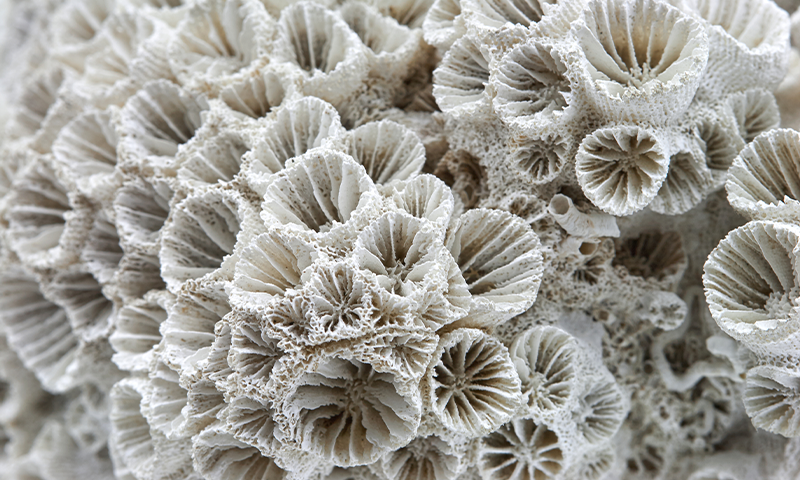Now Reading: Advancements in Human Bone Growth Explained
-
01
Advancements in Human Bone Growth Explained
Advancements in Human Bone Growth Explained

Swift Summary
- In 1668, Dutch surgeon Jacob van Meekeren performed the first recorded bone graft by implanting a dog skull fragment into a soldier’s injured skull.
- The surgery was successful, but the soldier faced societal consequences with excommunication from his church for being “partially dog.”
- Modern bone grafts have evolved substantially from historical practices. Today, they rely on advanced materials rather of direct animal or human fragments.
- Coral skeletons were discovered to closely resemble human bone due to their uniform pore structure adn interconnected matrix.
- In 1972, scientists at Penn State University identified coral as an ideal scaffold for bone regeneration after modifying its calcium carbonate into calcium phosphate (coralline hydroxyapatite) via chemical treatment.
- Coralline hydroxyapatite is widely used in modern medicine for applications such as dental implants and spinal fusion surgeries, with minimal negative reactions in testing.
Indian Opinion Analysis
The evolution of bone graft technology exemplifies the power of scientific curiosity and interdisciplinary research. For India-a country advancing in both healthcare innovation and marine science-this discovery underscores the value of utilizing natural resources like coral to develop cutting-edge medical solutions.Leveraging coral-based technologies could be especially significant given India’s rich coastal ecosystem. Encouraging sustainable use of such resources while balancing ecological preservation is key.
India’s growing biotech sector can draw inspiration from these breakthroughs to innovate further within orthopedics and biomaterials manufacturing. Equally important will be fostering collaborations between marine scientists, medical researchers, and engineers akin to those seen in this case study at Penn State University. such synergy may place india at the forefront of bioengineering excellence while addressing critical health challenges domestically.



























